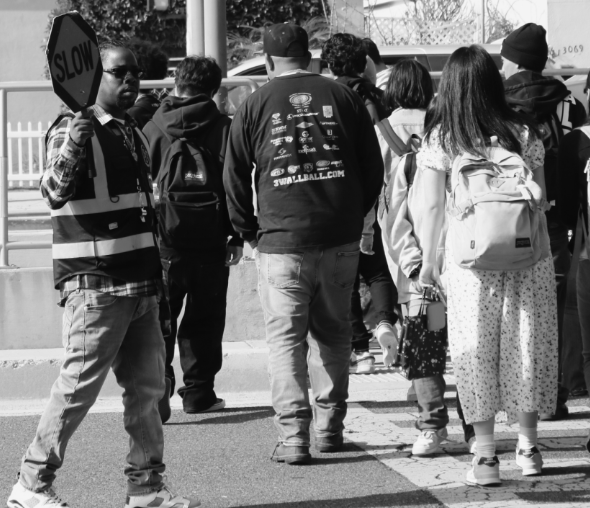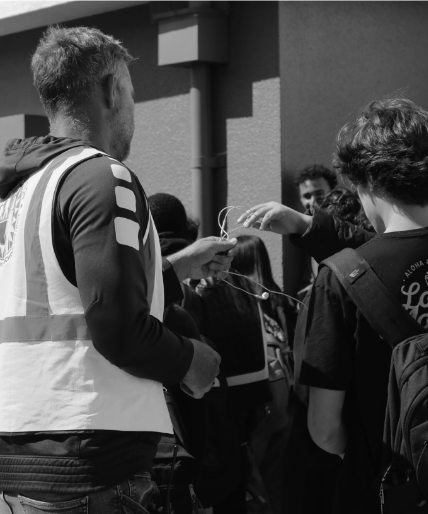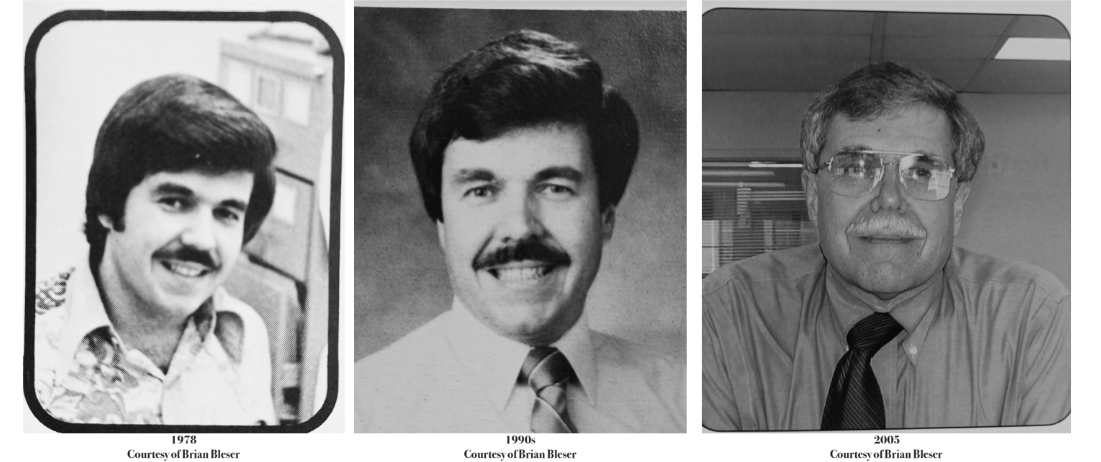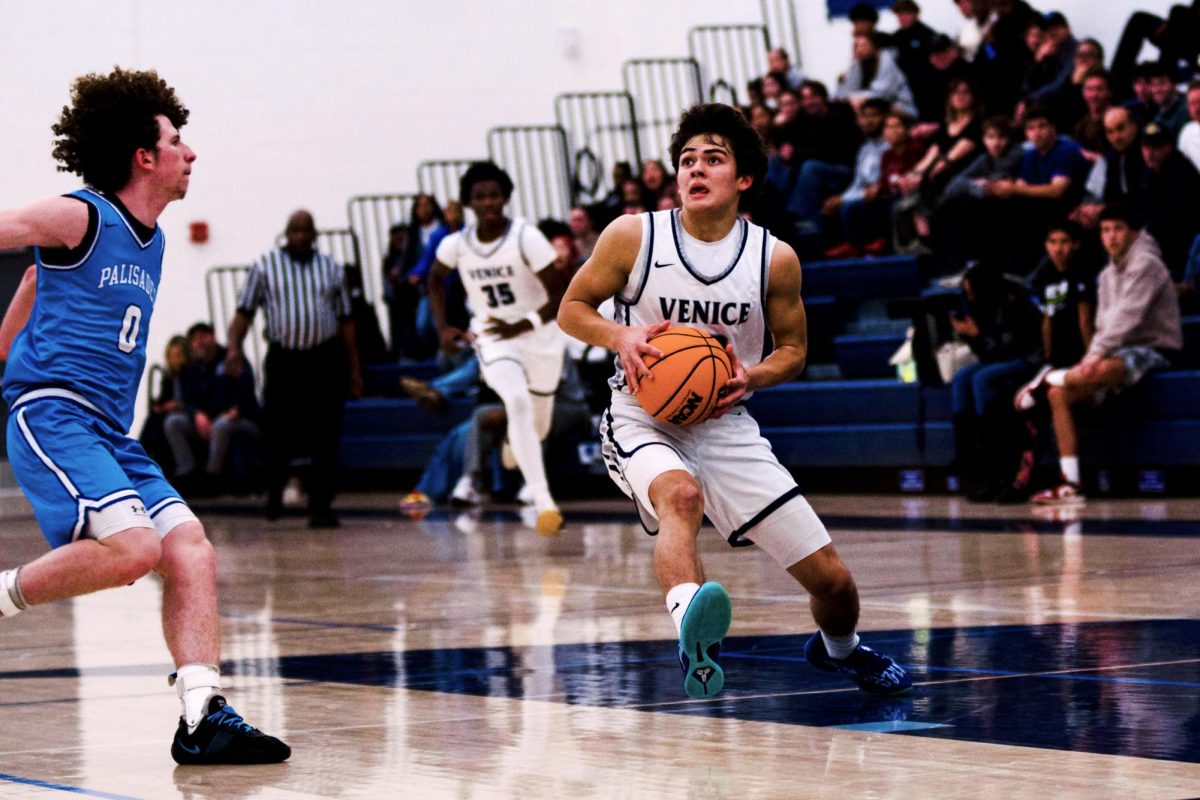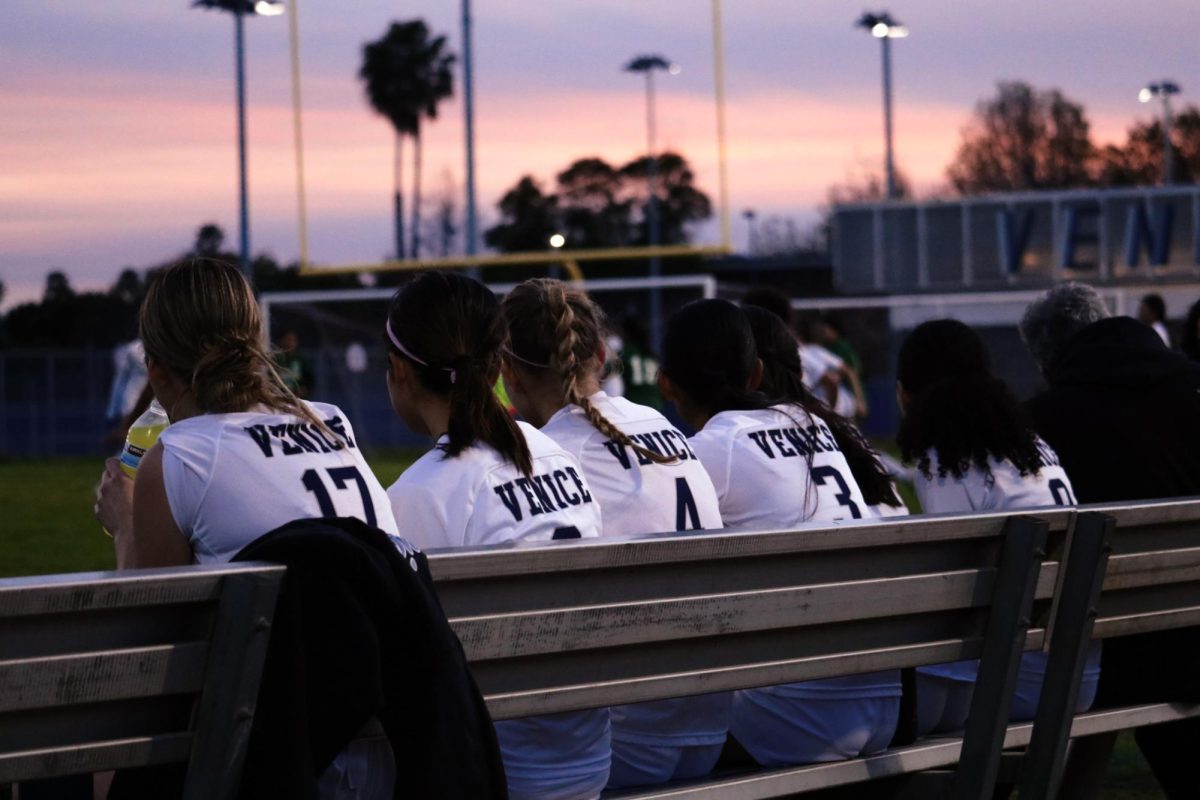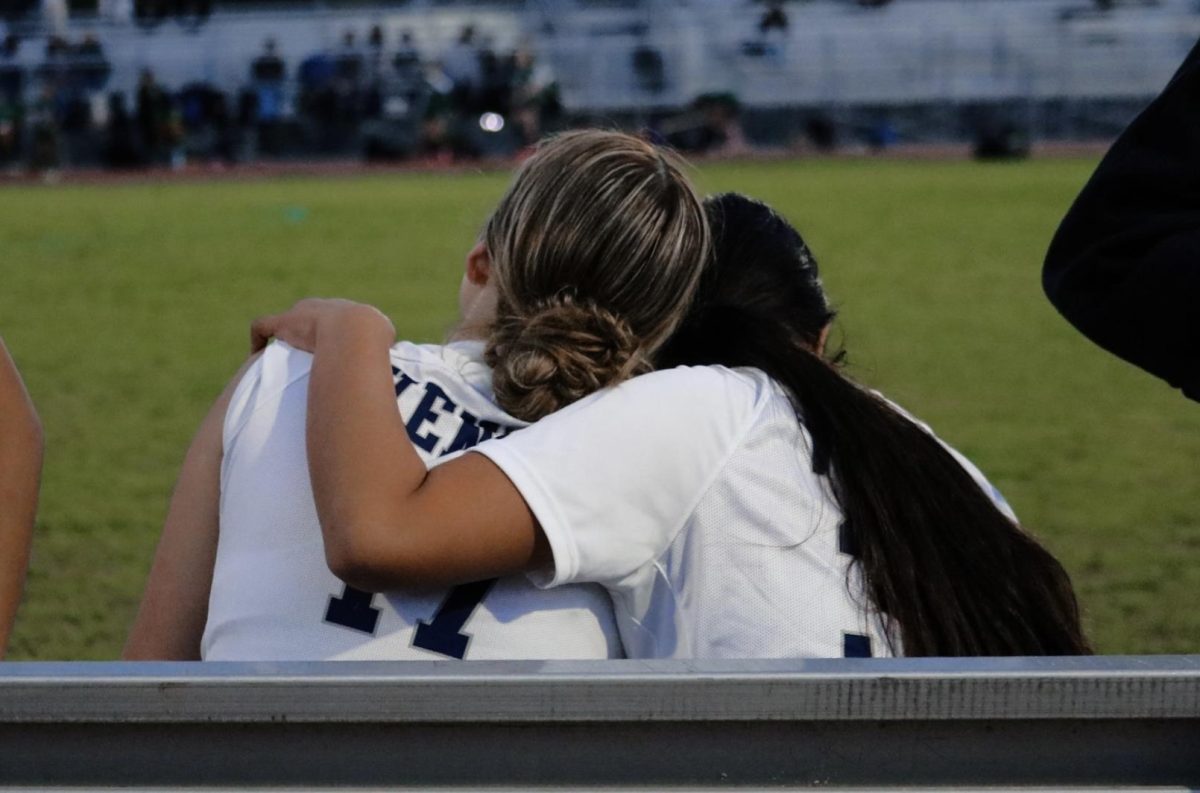This year at Venice, the previous knowledge assessment tests, the STAR Renaissance test and the IAB, have been replaced by the iReady, a less frequent but longer test that students will take three times a year.
iReady isn’t exactly the same, yet isn’t exactly different from the previous tests. The layout of the questions is very similar, but unlike the IAB (and the STAR if you aren’t willing to look for them) the scores are made plain and apparent to you, and all it requires is a simple Google search to find their meaning.
According to the testing coordinator, Lauren Franca, “the purpose is to collect data to see how students are doing in math and English as far as, are they at grade level, below grade level, or on target.”
She also mentioned that “it is also for the school to know where to work to raise students to their grade level.”
iReady might seem like it’s an improvement, but there are downsides as well.
According to math teacher John Bruno, who is a testing coordinator along with Lauren Franca, his students “did not enjoy doing the iReady test.”
“The Star and IABs are much easier to administer as well because they don’t take more than one period,” he said.
Students also have a lot of different opinions and views on iReady.
Some have noted that iReady’s “brain break” pauses made the assessment better than the IAB.
“I can just breathe and chill,” Steven Acosta, a freshman, said.
However, freshman Yasmin Kalie finds the assessment irrelevant.
“It’s literally just random math problems, and equations I haven’t even learned about yet or won’t ever need to learn about either,” she said.
One more student named Flora Hernandez, a sophmore, said “iReady was alright and nothing special”, but she felt like the grading system was strange when it came to grading how well kids can read. She felt that the reading test on I Ready was “unfair to students with dyslexia” or other reading disabilities.


